Home>Garden Essentials>How Does Grass Seed Grow
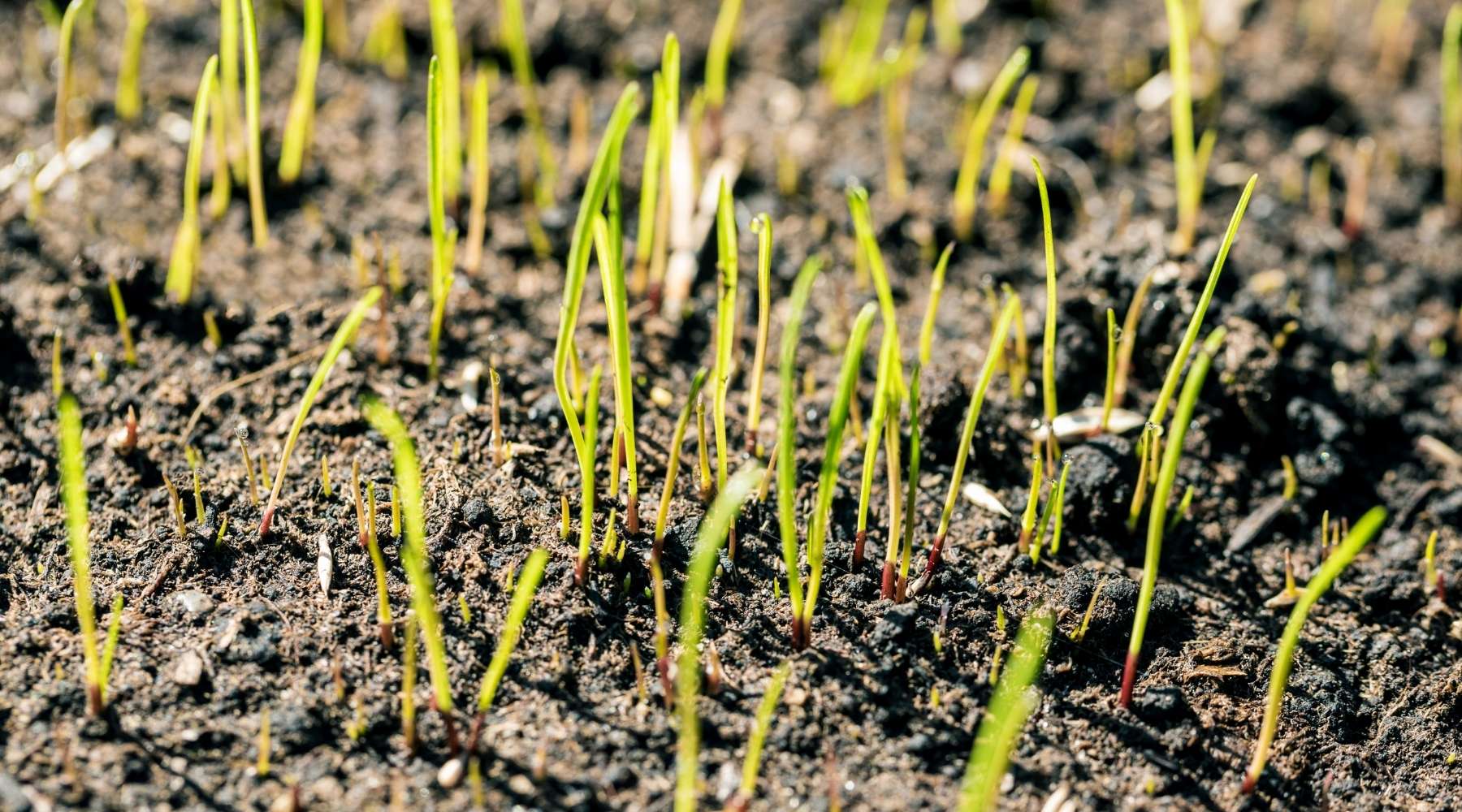

Garden Essentials
How Does Grass Seed Grow
Modified: April 2, 2024
Learn how grass seed grows in your garden and achieve a lush, green lawn. Discover the secrets to successful garden seeding and maintenance.
(Many of the links in this article redirect to a specific reviewed product. Your purchase of these products through affiliate links helps to generate commission for Storables.com, at no extra cost. Learn more)
Introduction
Welcome to the wonderful world of gardening! Whether you’re an avid gardener or just starting out, one thing is certain – a lush and vibrant lawn can transform any outdoor space. And at the heart of a healthy lawn is grass seed. Understanding how grass seed grows and the factors that affect its growth is essential for successful lawn cultivation.
In this article, we will delve into the fascinating journey of grass seed, from germination to a flourishing lawn. We will explore the key factors that influence its growth, the process of germination, proper planting techniques, and essential care tips for newly sown grass seed.
So, let’s dive in and discover the secrets behind growing beautiful, green grass from seed!
Key Takeaways:
- Grass seed growth depends on factors like soil quality, sunlight, watering, and temperature. Understanding these factors is crucial for creating a healthy and vibrant lawn.
- Proper care for newly sown grass seed involves watering, avoiding foot traffic, mowing, weed control, fertilization, soil aeration, and monitoring for pests and diseases.
Read more: How Does Grass Grow
Understanding Grass Seed
Grass seed is the foundation of a healthy lawn. It consists of small, dried seeds from various grass species, such as Bermuda grass, Kentucky bluegrass, or fescue. These seeds contain the genetic material necessary for the growth and development of grass plants.
Each grass seed is unique, with specific characteristics and requirements for optimal growth. Understanding the different types of grass seeds available is crucial in selecting the most suitable variety for your lawn.
Grass seeds vary in terms of their growth habits, tolerance to different climates, and maintenance requirements. Warm-season grasses, like Bermuda grass, thrive in hot climates, while cool-season grasses, such as Kentucky bluegrass, are better suited for cooler regions.
It’s also important to consider factors such as shade tolerance, drought resistance, and disease resistance when choosing grass seed. Assessing these qualities will help determine the best grass seed variety for your specific lawn conditions.
Additionally, when purchasing grass seed, ensure that you are buying a high-quality product. Look for seeds that are certified and free from contaminants, as this will greatly influence the success of your lawn establishment.
Now that we have a basic understanding of grass seed, let’s explore the crucial factors that impact its growth.
Factors Affecting Grass Seed Growth
Growing grass seed successfully requires careful consideration of several key factors that can influence its growth and development. By understanding and ensuring these factors are properly addressed, you can maximize the chances of establishing a healthy and beautiful lawn.
1. Soil Quality: The quality of the soil plays a vital role in grass seed growth. It should be well-draining, fertile, and have a balanced pH level. Conduct a soil test to determine its composition and make any necessary amendments to create an optimal environment for seed germination.
2. Sunlight: Grass seed requires an adequate amount of sunlight to grow. Most grass species thrive in full sunlight, while others can tolerate partial shade. Consider the light conditions in your lawn and choose a grass variety that suits your specific needs.
3. Watering: Proper watering is crucial for grass seed germination and establishment. After sowing the seed, water the area regularly, keeping the soil moist but not waterlogged. Be consistent with watering until the grass reaches the desired height.
4. Temperature: Grass seed germination is greatly affected by temperature. Different grass species have specific temperature requirements for optimal growth. Ensure that you sow the seed at the right time of the year, when temperatures are favorable for germination.
5. Weed Control: Competition from weeds can hinder the growth of grass seed. It’s important to implement effective weed control measures, such as using pre-emergent herbicides or manually removing weeds, to prevent them from overtaking the lawn.
6. Fertilization: Providing adequate nutrients to grass seed is essential for its growth. Use a balanced fertilizer formulated for new lawns to provide the necessary nutrients for healthy development. Follow the instructions on the fertilizer package for proper application rates.
7. Proper Seeding Rate: Over- or under-seeding can result in uneven growth and a patchy lawn. Follow the recommended seeding rate for the specific grass seed variety you are planting to ensure optimal coverage and growth.
By considering these factors and taking the necessary steps to address them, you can create a favorable environment for grass seed growth and establish a vibrant and resilient lawn.
Germination Process of Grass Seed
The germination process is a crucial stage in the growth of grass seed. It is the point at which the seed begins to sprout and develop into a young grass plant. Understanding the germination process is essential for successful lawn establishment.
1. Absorption: When a grass seed comes into contact with moisture, it begins to absorb water through its outer shell. This triggers the activation of enzymes within the seed, preparing it for germination.
2. Imbibition: The process of seed imbibition occurs as the seed absorbs water and swells. This helps to soften the protective outer coating and jump-starts the metabolic processes required for growth.
3. Root Development: As the seed absorbs water, the embryonic root, also known as the radicle, begins to emerge. It grows downward into the soil, anchoring the seedling and absorbing water and nutrients from the surrounding soil.
4. Shoot Development: Simultaneously, the embryonic shoot, or coleoptile, starts to grow upwards towards the surface. As it reaches the soil surface, it pushes through the soil and unfolds the first set of leaves, known as seed leaves or cotyledons.
5. Blade Development: Once the seedling has emerged, it continues to grow and develop more leaves, known as true leaves. These leaves are characteristic of the specific grass species and will eventually contribute to the grass’s lush appearance.
6. Photosynthesis: As the seedling develops, it begins to produce energy through photosynthesis. This process involves the absorption of sunlight by the chlorophyll in the leaves, which converts carbon dioxide and water into glucose, providing the seedling with energy for growth.
7. Establishment: With proper care and favorable growing conditions, the seedling continues to mature and establish itself as a young grass plant. It will progressively develop a strong root system, allowing it to extract nutrients from the soil and form a dense turf.
It’s important to note that the germination process can vary depending on the grass species and environmental factors. Some grass seeds may germinate quickly, while others may take longer. Patience and proper care are key to nurturing the seedlings and allowing them to thrive.
Now that you understand the germination process, let’s move on to the next step – planting grass seed.
To help grass seed grow, make sure to prepare the soil by removing debris and loosening the top layer. Then, spread the seed evenly and lightly cover with soil. Water regularly and keep the area moist until the grass is established.
Planting Grass Seed
Planting grass seed is an important step in establishing a lush and healthy lawn. Proper preparation and technique will greatly increase the chances of successful germination and growth. Here’s a step-by-step guide to help you plant your grass seed effectively:
1. Prepare the Soil: Start by preparing the soil in the area where you want to sow the grass seed. Remove any weeds, rocks, or debris and loosen the soil using a garden rake or tiller. This will create a fine, crumbly surface for the seed to take root.
2. Level the Surface: Even out the soil surface to ensure a smooth and uniform lawn. Fill in any low or uneven spots and avoid excessive mounding, as it can lead to uneven growth.
3. Test the Soil: Conduct a soil test to determine the pH level and nutrient content of the soil. This will help you make any necessary amendments to create an optimal environment for seed germination. Adjust the pH level if needed by adding lime (to raise pH) or sulfur (to lower pH).
4. Seed Selection: Choose the appropriate grass seed variety for your lawn. Consider factors such as climate, soil type, and light conditions. Consult with local gardening experts or refer to seed labels for guidance on the best seed varieties for your region.
5. Determine Seed Rate: Follow the recommended seeding rate for the specific grass seed you are planting. This will ensure proper coverage and optimal growth. Use a spreader or seed broadcaster to distribute the seed evenly across the prepared soil surface.
6. Apply Starter Fertilizer: Before or immediately after sowing the seed, apply a starter fertilizer formulated for new lawns. This will provide essential nutrients to support seed germination and early growth. Follow the instructions on the fertilizer package for proper application rates.
7. Water the Seed: After seeding, water the area thoroughly but gently to moisten the soil. Avoid watering too heavily, as it can displace the seeds. Keep the soil consistently moist, watering lightly and frequently to ensure proper germination.
8. Mulch the Area: Covering the seeded area with a thin layer of straw or mulch can help retain moisture and protect the seeds from birds and excessive sunlight. Ensure the mulch layer is light enough to allow the seedlings to emerge easily.
9. Maintain Proper Watering: Continue to water the seeded area regularly, keeping the soil moist until the grass reaches the desired height. As the seedlings grow, gradually reduce the frequency of watering but increase the amount of water applied during each irrigation session.
10. Transition to Regular Lawn Care: Once the grass seed has fully germinated and established, transition to a regular lawn care routine. This includes proper mowing, fertilizing, and watering to maintain a healthy and vibrant lawn.
By following these steps and providing the necessary care, you can ensure successful grass seed planting and establish a beautiful lawn that you can enjoy for years to come.
Read more: How Big Does Lemongrass Grow
Caring for Newly Sown Grass Seed
Caring for newly sown grass seed is crucial to ensure its successful germination and establishment. By following proper care practices, you can pave the way for a healthy and vibrant lawn. Here are some essential tips for caring for newly sown grass seed:
1. Watering: Proper watering is vital during the germination process. Keep the soil consistently moist, but avoid overwatering as it may lead to fungal diseases. Water lightly and frequently, ensuring the soil doesn’t dry out. Gradually reduce the frequency of watering as the grass seedlings develop stronger root systems.
2. Avoid Foot Traffic: To avoid damaging the delicate seedlings, it’s important to minimize foot traffic on the newly seeded area. Stay off the lawn as much as possible until the grass has reached a height of at least 3 inches.
3. Mowing: Wait until the grass seedlings have grown to the recommended mowing height before the first mow. When mowing, set the mower blades to a higher setting to avoid cutting the grass too short and damaging the young plants. Never remove more than one-third of the grass height in a single mowing session.
4. Weed Control: Weeds can compete with grass seedlings for nutrients and space. Regularly inspect the lawn for any weed growth and remove them manually or with the use of appropriate herbicides. Be cautious not to use herbicides that can harm the newly planted grass seed.
5. Fertilization: Once the grass seedlings have become established, you can consider fertilizing the lawn. Use a slow-release fertilizer specially formulated for new lawns, following the recommended application rates. Avoid using high-nitrogen fertilizers that can stimulate excessive leaf growth at the expense of root development.
6. Soil Aeration: Depending on the soil conditions, it may be necessary to aerate the lawn to improve air circulation and water penetration. Core aerators or mechanical devices can be used to create small holes in the soil to alleviate compaction and facilitate root growth.
7. Monitor for Pests and Diseases: Keep an eye out for common lawn pests, such as grubs or insects, and signs of diseases like brown patch or powdery mildew. Promptly take action at the first sign of trouble, using appropriate control methods to prevent further damage.
8. Patience and Additional Care: Newly sown grass seed requires patience and additional care. It may take several weeks for the grass to fully establish and fill in the lawn. Be diligent in providing regular maintenance, including watering, mowing, and monitoring, to promote healthy growth.
Remember, proper care during the initial stages of grass seed growth is essential for achieving a lush and thriving lawn. With time, patience, and consistent care, your newly sown grass seed will transform into a beautiful and vibrant carpet of green.
Common Issues in Grass Seed Growth
While growing grass seed can be a rewarding experience, it is not without its challenges. Several common issues can arise during the germination and establishment process. Being aware of these issues and knowing how to address them will help you overcome hurdles and achieve a healthy and thriving lawn. Here are some of the most prevalent issues in grass seed growth:
1. Patchy Growth: Uneven or patchy growth is a common problem in newly seeded lawns. This can occur due to improper seed distribution or inadequate seed-to-soil contact. Ensure that the seed is evenly spread and pressed into the soil for optimal germination and coverage.
2. Weed Infestation: Weeds pose a significant threat to grass seed growth. Competition from weeds can deprive grass seedlings of nutrients, sunlight, and space. Implement effective weed control measures, such as regular weeding, spot treatments with herbicides, or using pre-emergent herbicides before seeding.
3. Insufficient Watering: Inadequate watering can lead to poor germination and weak grass seedlings. Proper and consistent watering is crucial during the germination period to keep the soil moist. Monitor the moisture level and adjust the watering schedule accordingly.
4. Overwatering and Waterlogging: On the flip side, overwatering can suffocate the grass seedlings and promote the growth of fungal diseases. Avoid excessive watering that leads to waterlogged soil. Provide enough water to keep the soil moist, but not soggy.
5. Poor Soil Quality: Grass seed growth relies heavily on the quality of the soil. Poor soil composition, nutrient deficiencies, or improper pH levels can hamper germination and growth. Conducting a soil test and making the necessary soil amendments before seeding can greatly improve the chances of success.
6. Incorrect Seeding Depth: Planting grass seed at the wrong depth can hinder germination. As a general rule, most grass seeds should be sown at a depth of ¼ to ½ inch. However, some varieties may have specific requirements, so it’s essential to follow the seed packaging instructions for the correct seeding depth.
7. Disease and Pest Attacks: Grass seedlings are susceptible to various diseases and pests that can stunt their growth or cause damage. Fungal diseases like damping-off or pests like grubs and voles can pose a threat. Look out for signs of disease or pest infestation and promptly treat them with appropriate solutions.
8. Insufficient or Excessive Fertilization: Nutrient imbalances can affect grass seed growth. Insufficient fertilization may lead to weak and underdeveloped seedlings, while excessive fertilization can scorch or damage them. Follow the recommended fertilization schedule and rates, considering the specific needs of the grass species you have planted.
By being aware of these common issues and taking proactive measures to address them, you can increase the chances of successful grass seed growth and establish a healthy and vibrant lawn.
Conclusion
Growing grass from seed can be a fulfilling and rewarding experience that allows you to create a lush and vibrant lawn. By understanding the process of grass seed growth, the factors that influence it, and how to properly care for newly sown seeds, you can achieve successful lawn establishment.
From the moment the grass seed absorbs water and begins the germination process, to the careful planting and nurturing of the seedlings, there are various factors to consider. Factors such as soil quality, sunlight, watering, temperature, weed control, fertilization, and proper seeding techniques all play a crucial role in the growth and development of grass seed.
Caring for newly sown grass seed requires patience, attention to detail, and a consistent maintenance routine. Adequate watering, proper mowing techniques, regular fertilization, weed control, and monitoring for pests and diseases are all essential aspects of caring for your newly seeded lawn.
It’s important to be aware of common issues that can arise during the grass seed growth process, such as patchy growth, weed infestation, insufficient or excessive watering, poor soil quality, incorrect seeding depth, diseases, and pests. By anticipating and addressing these challenges, you can optimize your chances of achieving a healthy and flourishing lawn.
Remember, successful grass seed growth requires a combination of knowledge, proper techniques, and ongoing care. Take the time to choose the right grass seed variety for your region, prepare the soil diligently, and provide the necessary conditions and care for the seedlings to thrive.
In the end, the effort and care you put into growing grass from seed will be rewarded with a beautiful and inviting lawn that you can enjoy for years to come. So roll up your sleeves, get your hands dirty, and embark on the journey of growing a stunning grassy oasis right in your own backyard.
Frequently Asked Questions about How Does Grass Seed Grow
Was this page helpful?
At Storables.com, we guarantee accurate and reliable information. Our content, validated by Expert Board Contributors, is crafted following stringent Editorial Policies. We're committed to providing you with well-researched, expert-backed insights for all your informational needs.
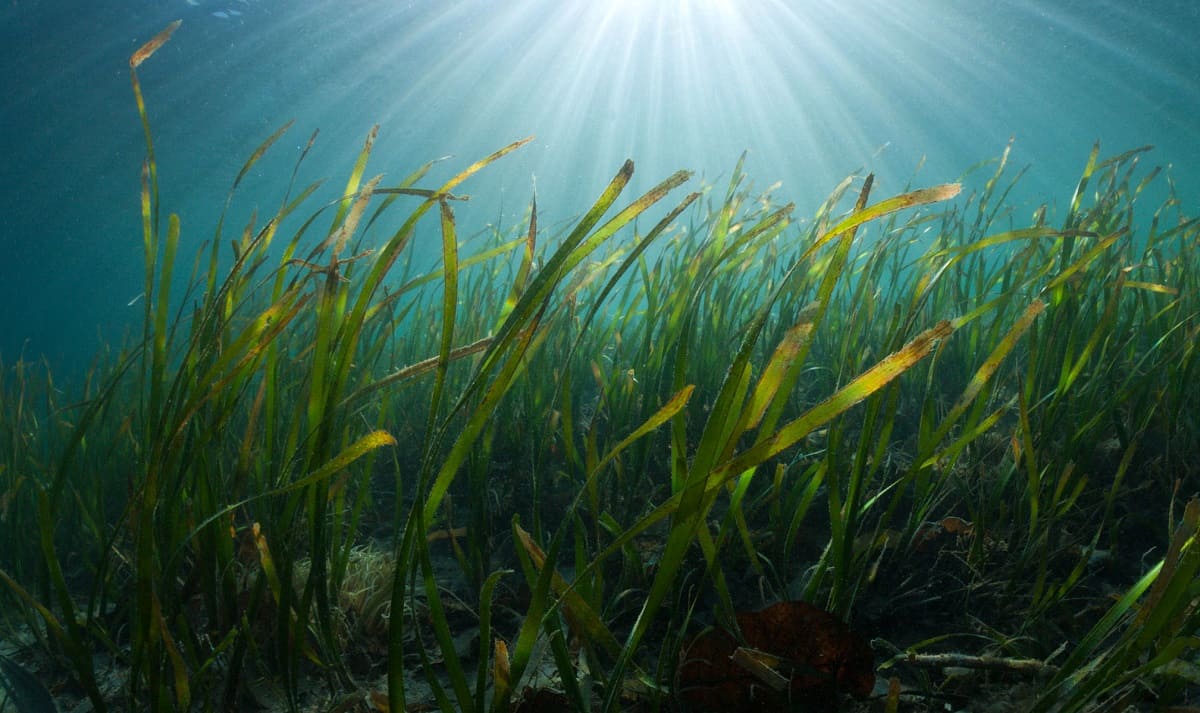
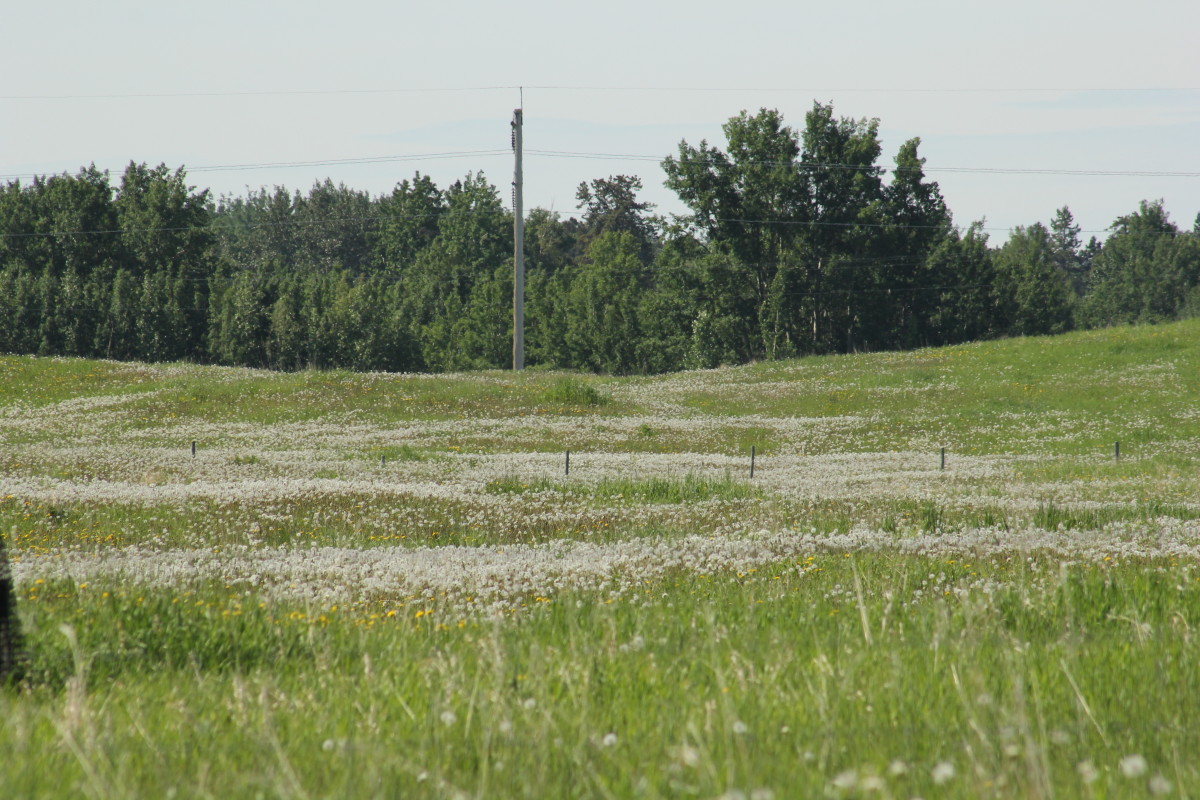
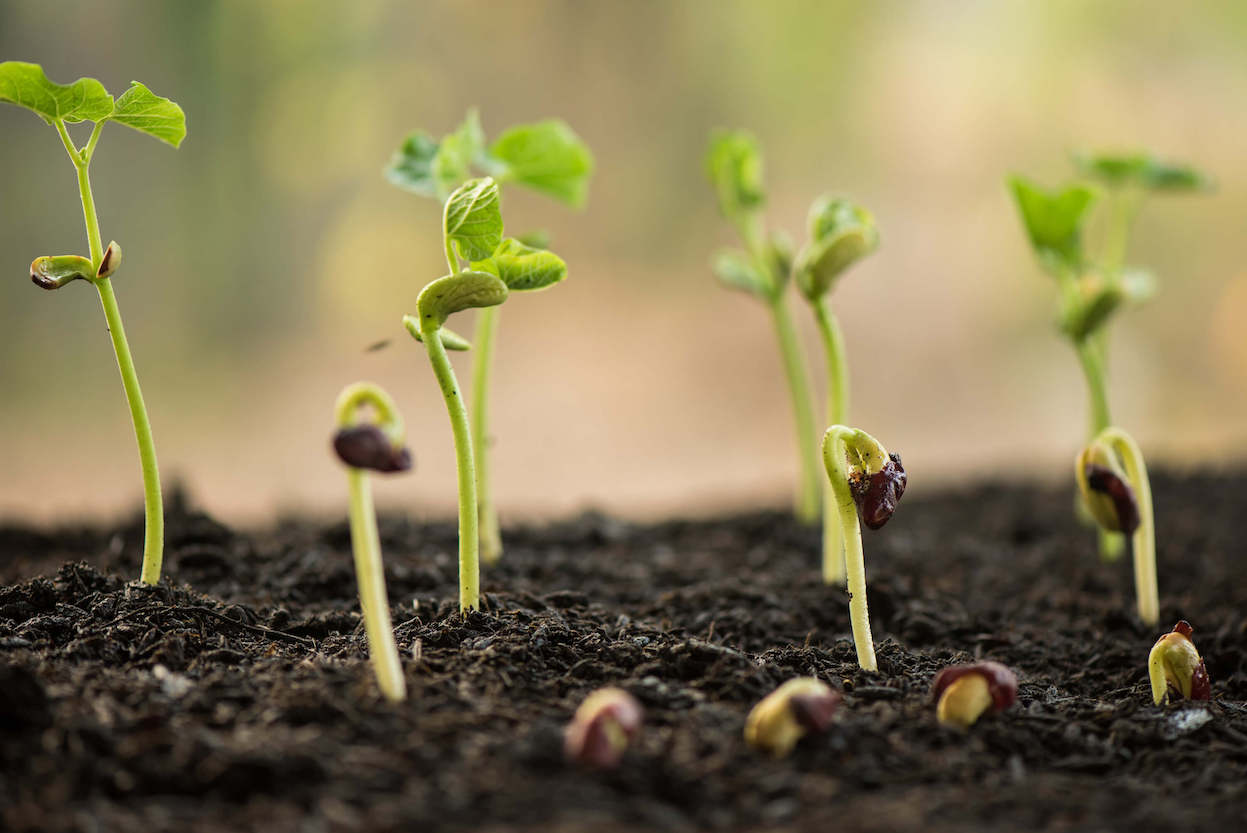
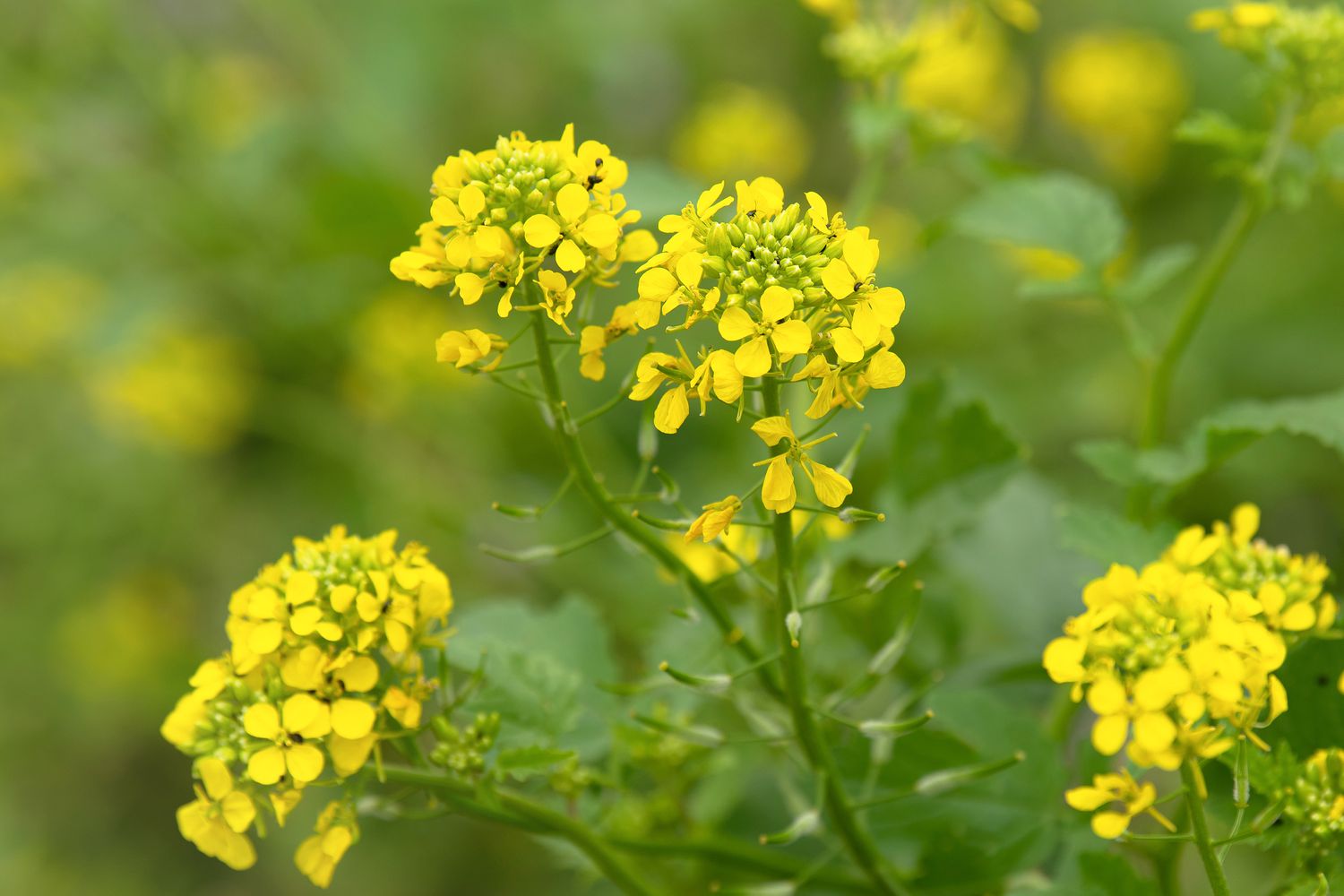
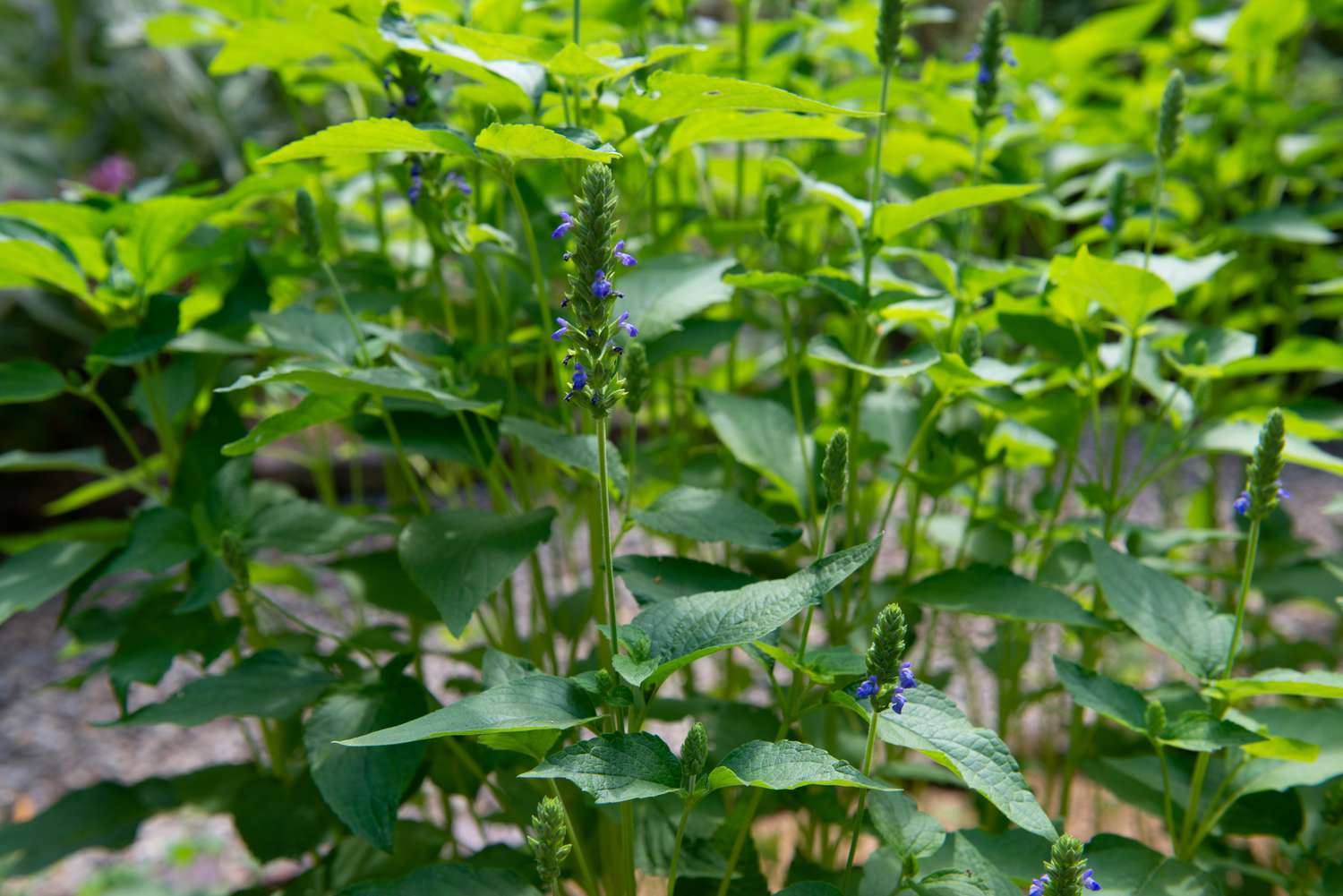
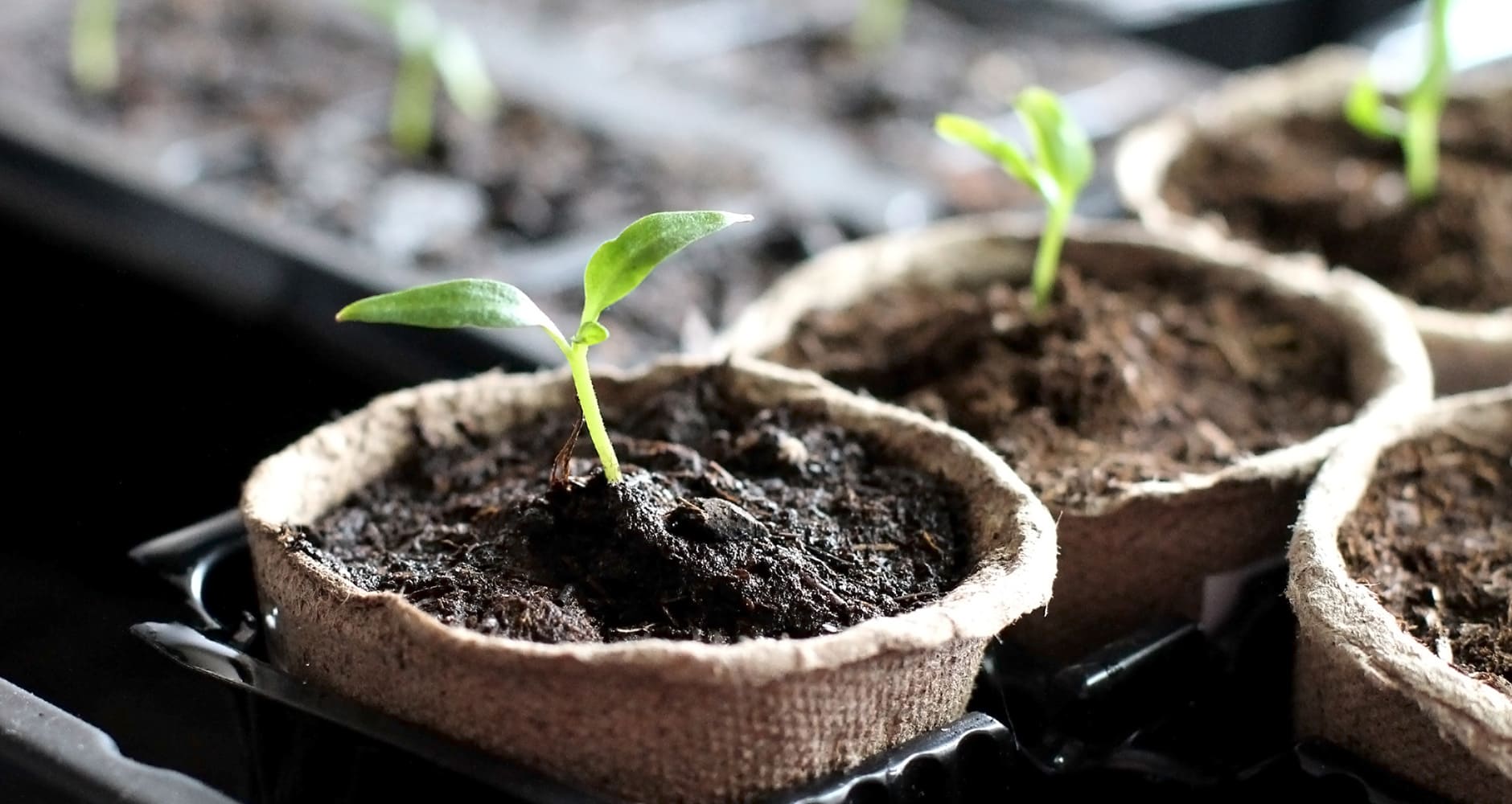
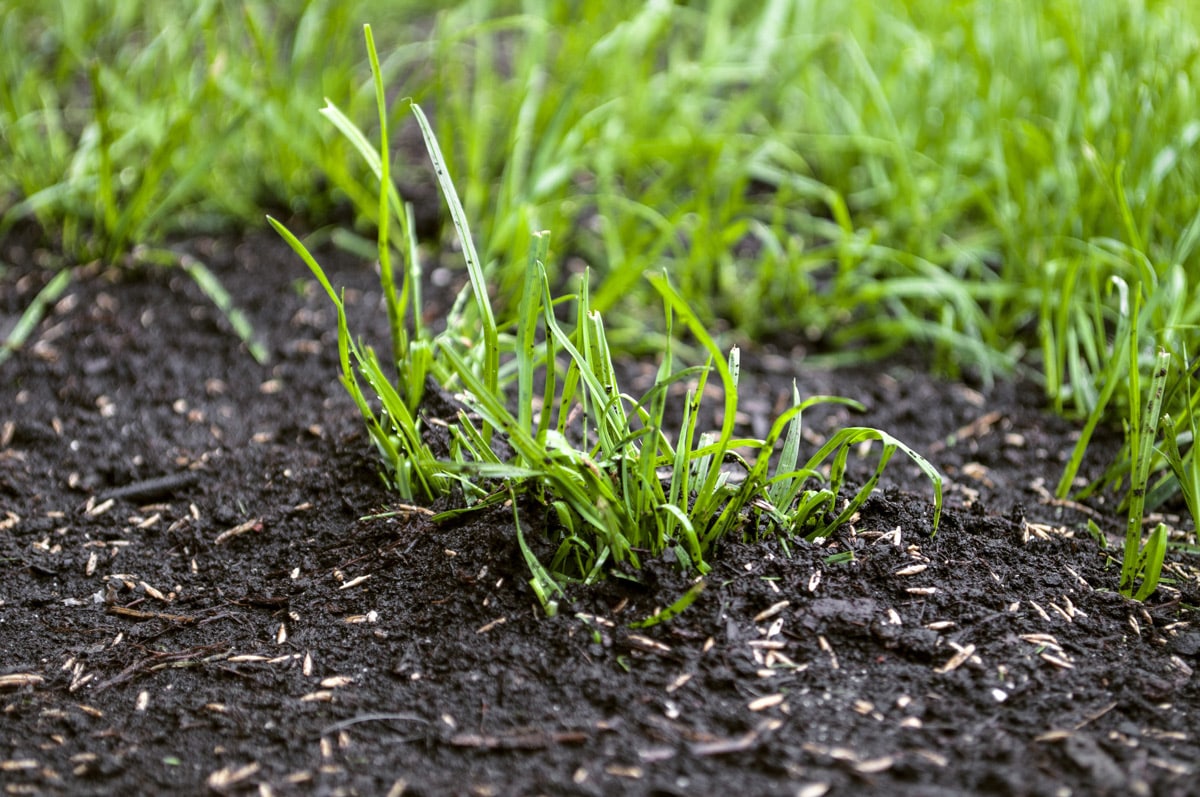
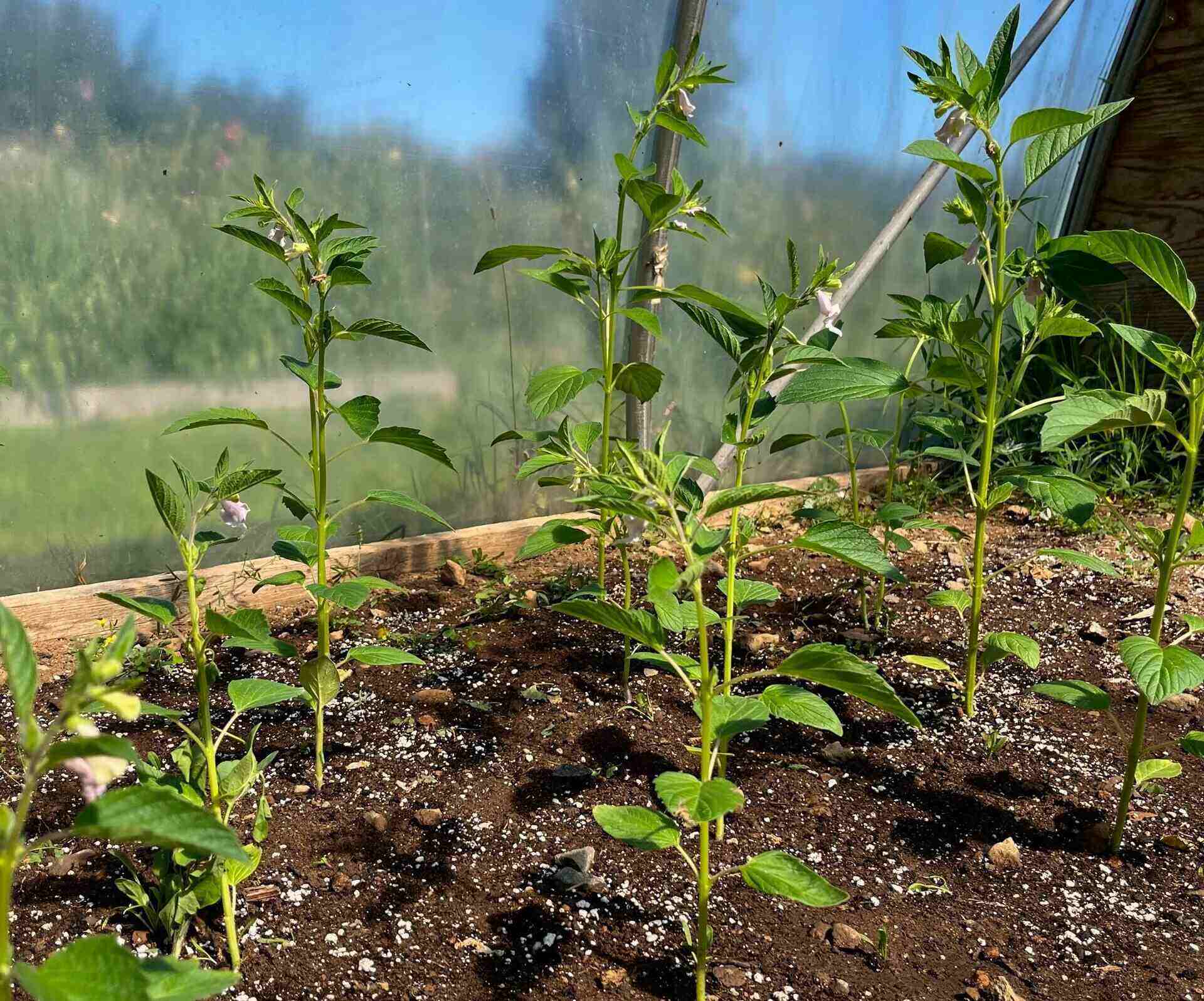
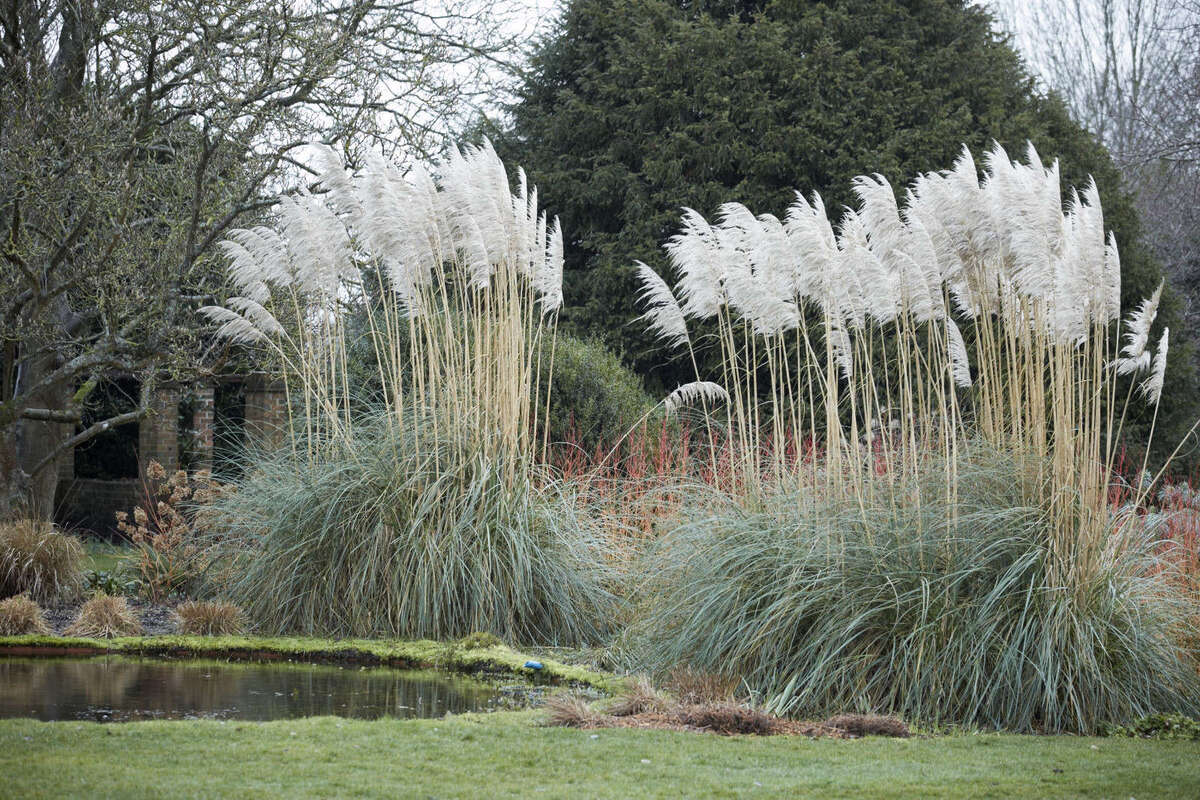
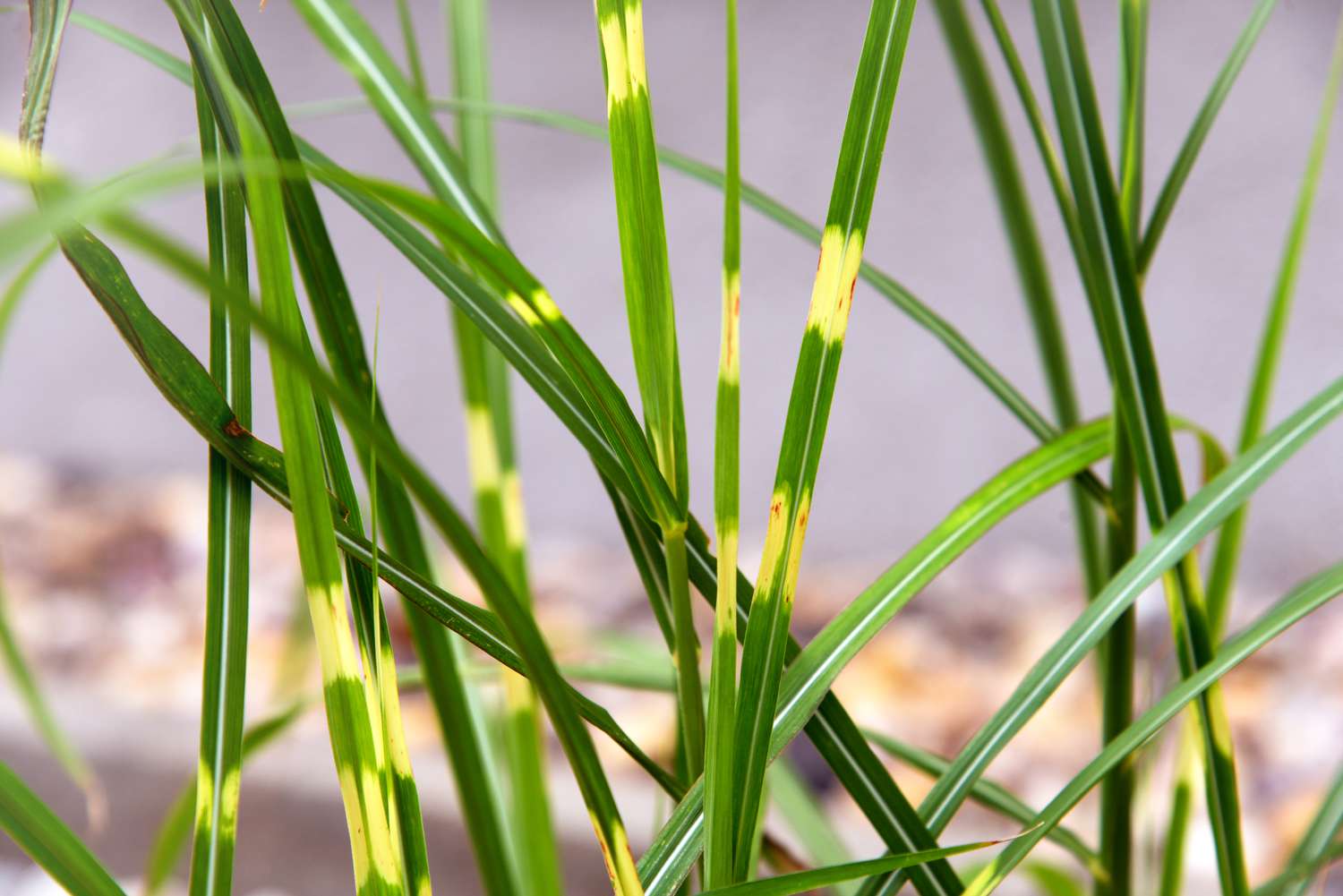
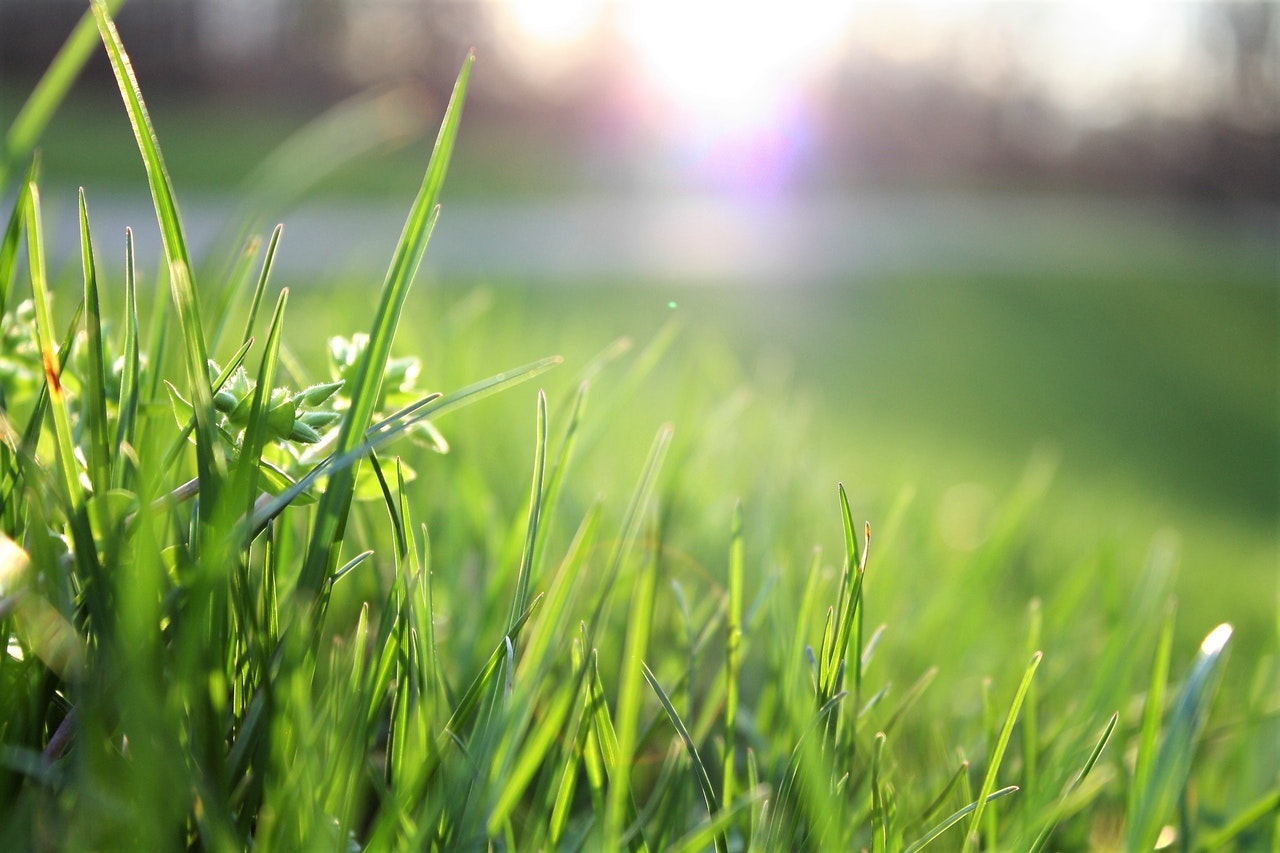
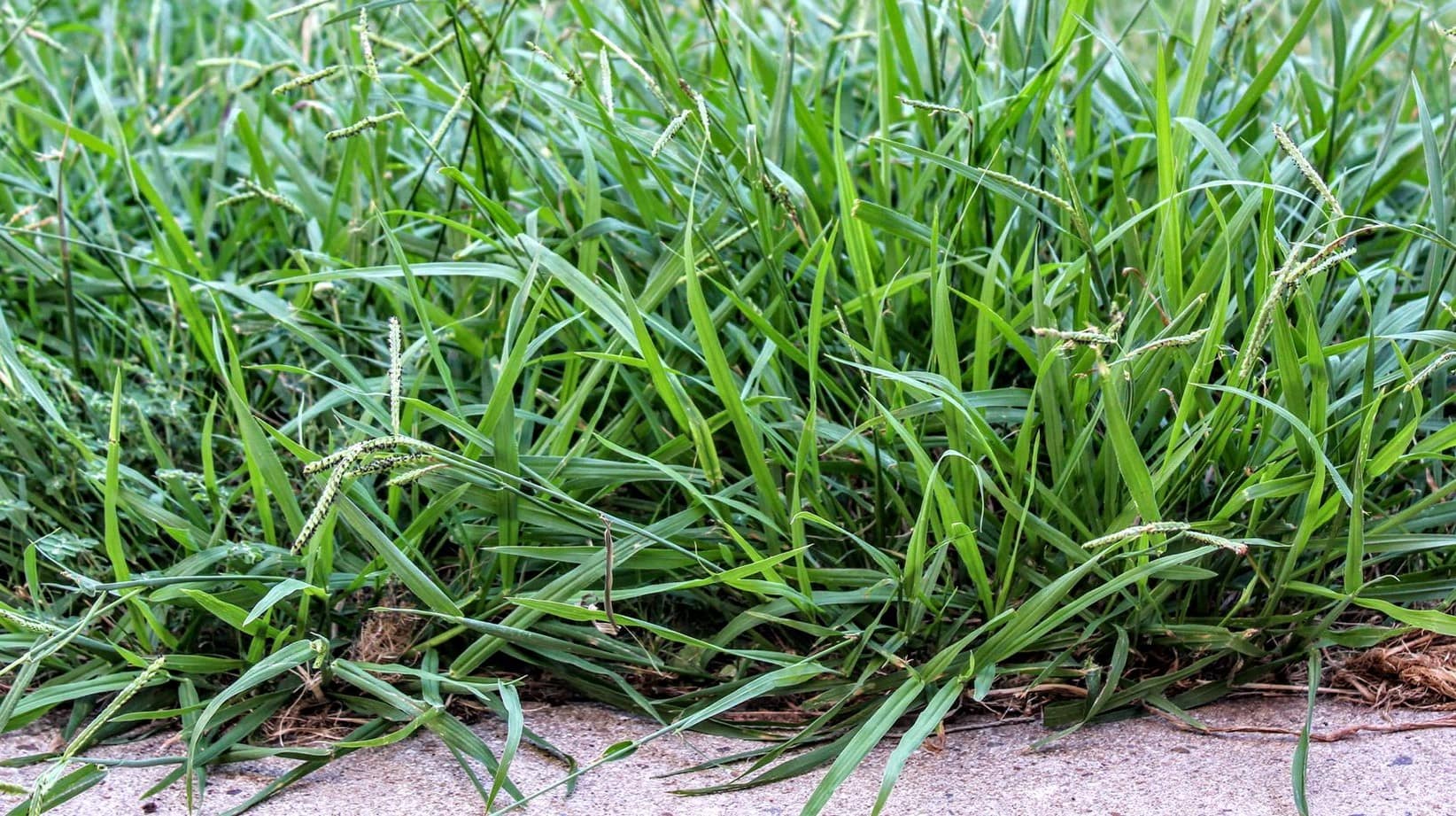
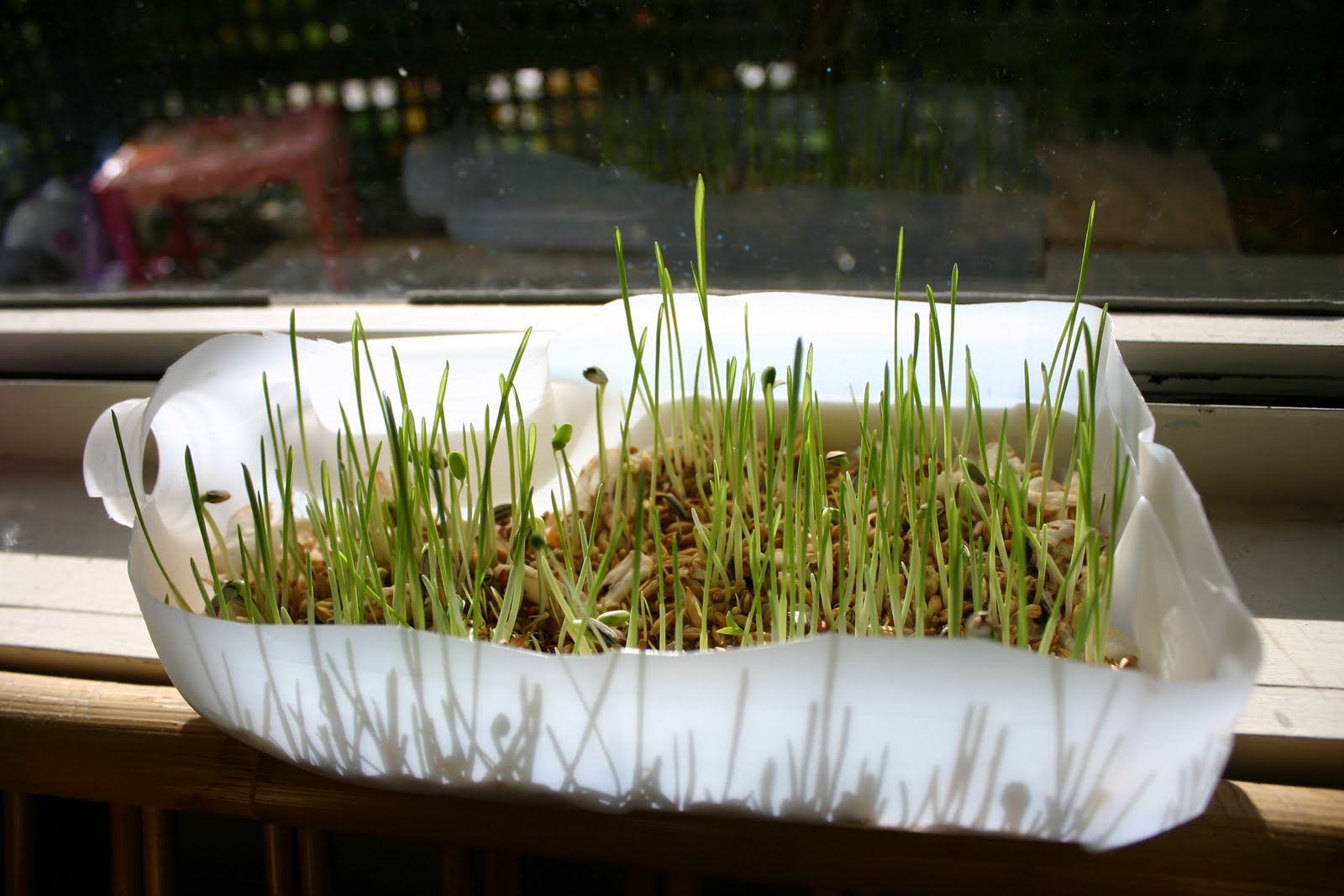
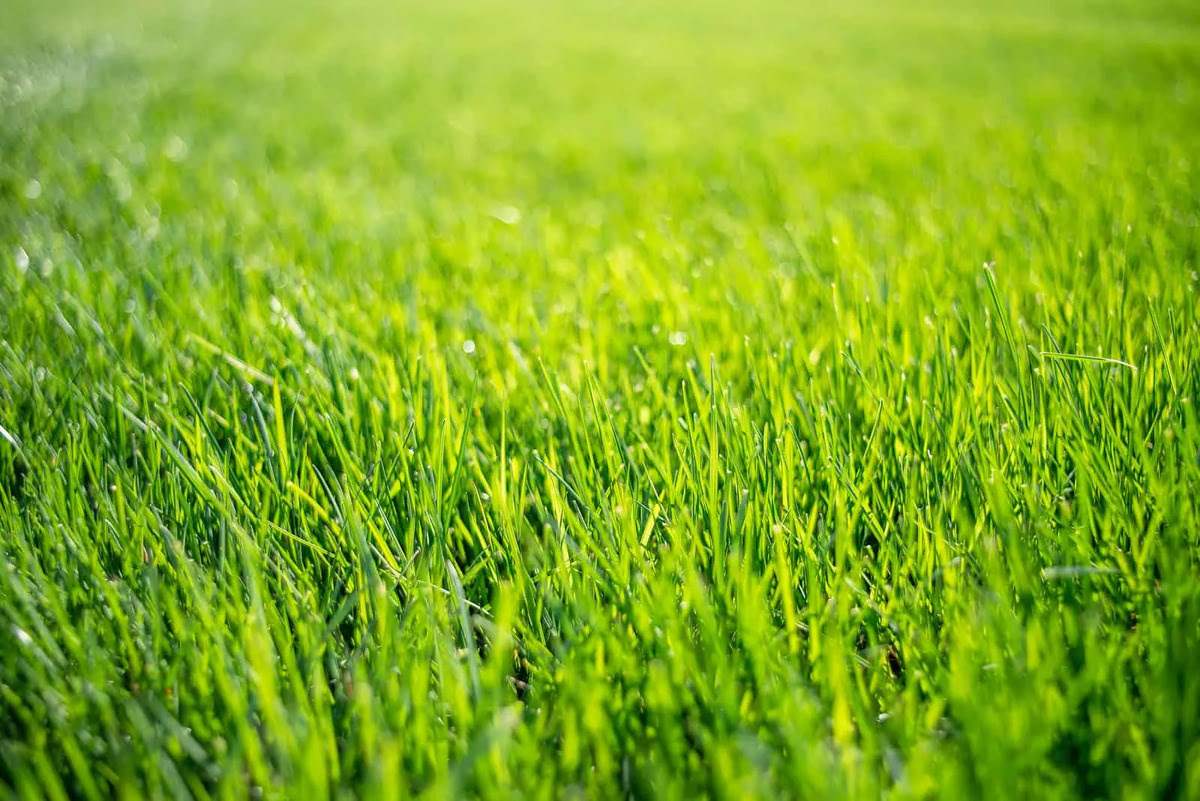

0 thoughts on “How Does Grass Seed Grow”